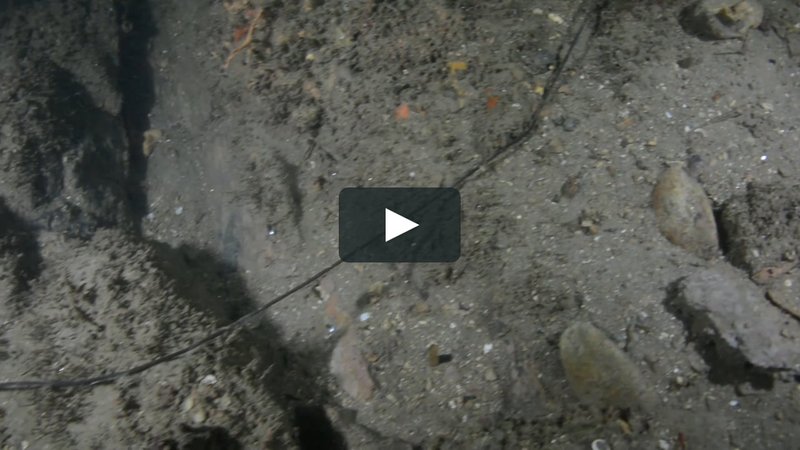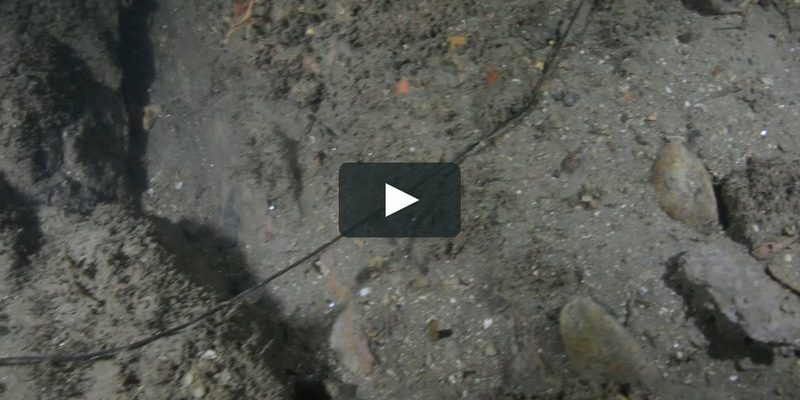
Imagine you’re a scientist, keen on understanding how these worms interact with their surroundings. You’ve got a **remote camera**, like a GoPro or a specialized underwater cam, set up to document every twist and turn. Watching the footage gives you a peek into their secret lives—like spending time with someone at a coffee shop without them realizing you’re observing their every move. Today, we’re diving into how we can effectively use cameras to document bootlace worm movements and uncover the mysteries of these intriguing critters.
Why Document Bootlace Worm Movements?
You might be wondering, why bother documenting bootlace worm movements in the first place? Well, these creatures are not just fascinating; they play a significant role in their ecosystem. By observing their movements, scientists can learn about their feeding habits, how they interact with other species, and their responses to environmental changes. It’s like gathering clues in a detective story—the more you observe, the clearer the picture becomes.
Documenting their movements can also help with conservation efforts. As environments change due to human impact, understanding how bootlace worms adapt can give us vital information about the health of their ecosystems. Think of it as checking the pulse of a habitat: if the worms thrive, it often means the ecosystem is balanced and healthy.
Plus, there’s a certain thrill in capturing nature on video. Watching these delicate creatures in action not only satisfies human curiosity but also inspires a deeper appreciation for the natural world.
Choosing the Right Camera for the Job
Here’s the thing: not all cameras are made equal. When it comes to documenting bootlace worms, you want something that’s versatile and capable of capturing high-quality footage underwater. For instance, action cameras like the **GoPro Hero** series are popular for a reason. They’re waterproof, durable, and can capture stunning footage in various light conditions.
If you’re looking for something more tailored to underwater exploration, you might consider a dedicated underwater camera. These cameras often come with features like enhanced low-light performance, which can be crucial when filming in murky water. They may also offer specialized settings for capturing fast-moving subjects—perfect for those wriggly bootlace worms!
Ultimately, your camera choice should align with your goals. If you’re documenting for educational purposes, a high-definition camera could be more beneficial. Focus on features like lens quality, battery life, and ease of use, especially if you’re a beginner.
Setting Up Your Camera for Optimal Results
Once you’ve chosen your camera, setting it up correctly is essential for capturing those tiny details. Imagine trying to take a picture of a dancing partner in low light—it’s all about finding the right angle and lighting! For underwater shots, make sure your camera is securely mounted to prevent it from drifting away or moving too much.
Here are a few tips for setting up your camera:
- Stabilization: Use a tripod or a stable mount to keep your camera steady.
- Lighting: Invest in an external light source if you’re filming in dark or murky waters.
- Focus: Adjust your camera’s focus settings to ensure the worms are sharp and clear in every frame.
The angle of your shot is also important. Try different perspectives—maybe shoot from the side to catch the worms as they twist and turn, or from above to see their pattern of movement. Experiment with your setups during practice runs to find what works best.
Techniques for Capturing Bootlace Worm Movements
Now that your camera is ready to go, let’s talk about techniques for capturing those irresistible worm wriggles. First, consider the timing. Bootlace worms are most active during specific times of the day, particularly during dawn or dusk. This is when they come out to feed or interact with their environment, like a tiny underwater performance just waiting to be filmed!
Another handy tip is to use slow-motion recording. This technique allows you to capture the intricate movements of bootlace worms in detail. You’ll see their bodies undulate and flex in ways that would be tough to catch in real-time. It’s like watching a dance unfold, and trust me, it adds a whole new layer of appreciation for these remarkable creatures.
Finally, patience is key. Sometimes, the best footage comes from waiting quietly and allowing the worms to act naturally. It’s a bit like fishing—you need to sit still and let the moment happen.
Analyzing the Footage
After a successful recording session, it’s time to sit down and analyze your footage. You might feel like a scientist in a lab, poring over the data gathered from your observations. Look for patterns in their movements—how do they react to changes in their environment? Do they move differently when they detect a predator or a food source?
This part of the process can be like piecing together a puzzle. You might use software to slow down the video, highlight specific movements, or even draw comparisons between different environments. Don’t hesitate to jot down notes or create a log of your findings. This can help you see connections you might otherwise miss.
By analyzing the footage, you’ll not only learn more about bootlace worms but also gain insights that could contribute to ecological research or even spark new questions to explore!
Common Challenges and Troubleshooting
Using cameras to document bootlace worm movements can come with its own set of challenges. For instance, poor lighting conditions can lead to grainy footage, making it hard to see those charming worm movements clearly. If you find yourself in dim conditions, consider adding additional lighting equipment or adjusting the camera settings to increase the exposure.
Another common issue is battery life. Let’s be real: nobody wants to miss an incredible shot because their camera died mid-recording. Always ensure your camera is fully charged before heading out, and consider carrying a spare battery if you’ll be recording for an extended period.
You might also face issues with syncing audio if your camera system allows it. If you’re capturing sounds underwater, be sure to check the settings and ensure everything is set up to record correctly. Reviewing the manual can save you from making simple mistakes that could hamper your documentation efforts.
Documenting bootlace worm movements is not only a great way to learn about these fascinating creatures but also a rewarding experience. With the right tools and techniques, you can capture their mesmerizing actions on camera, revealing insights into their lives and the ecosystems they inhabit. Whether you’re using a GoPro in your backyard pond or a dedicated underwater camera in a deeper dive, the potential for discovery is vast.
So, grab your camera, take your time, and immerse yourself in the underwater world of bootlace worms. You never know what amazing insights and surprises await you as you observe these elusive creatures in action. Happy filming!

